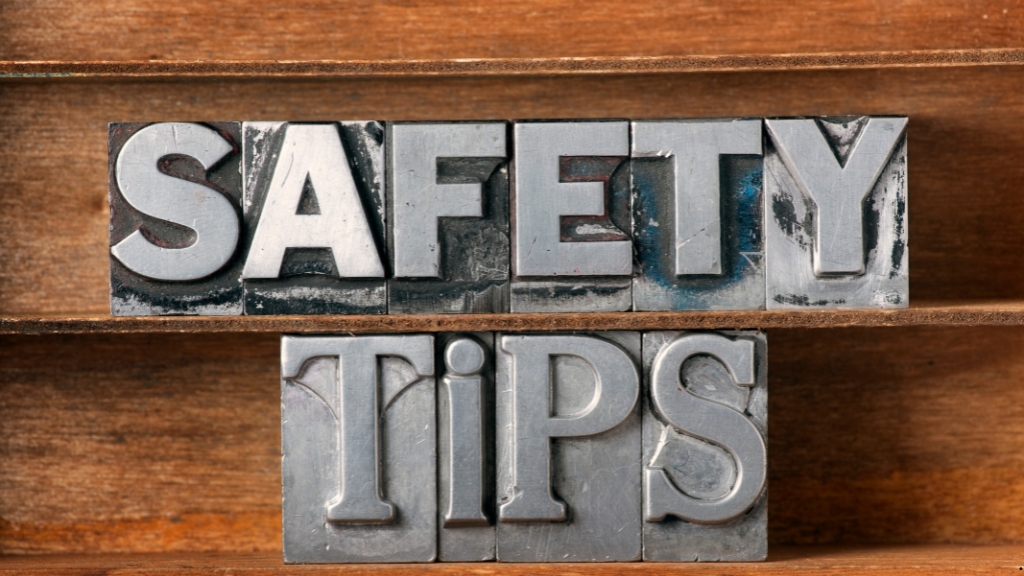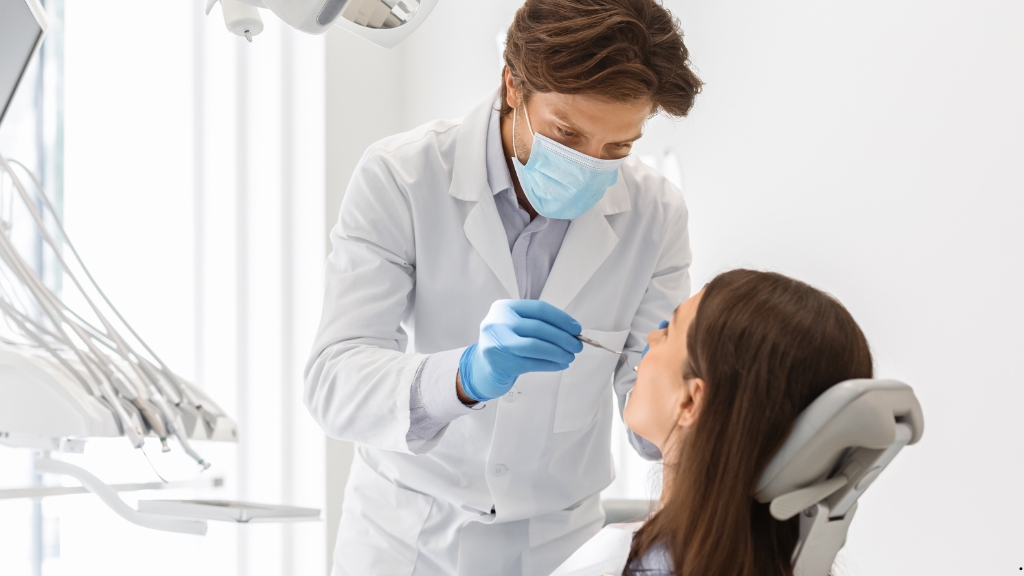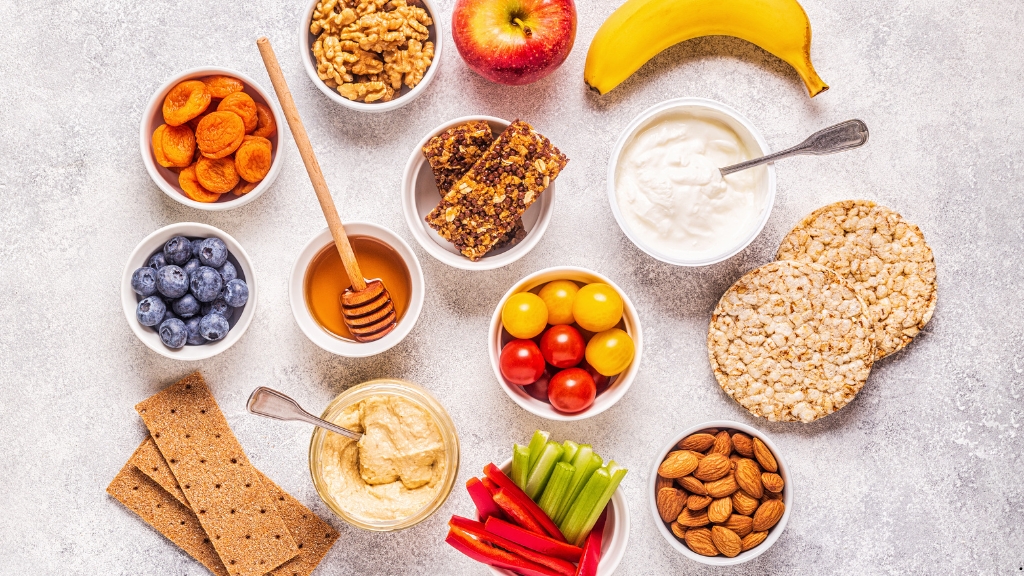Essential Toddler Safety Tips at Home and Outdoors for Secure Exploration

As a parent, nothing's more important than keeping your little one safe, whether they're exploring the cozy corners of home or the great outdoors. Toddlers are naturally curious, and that can lead to some unexpected adventures—or mishaps. That's why I believe it’s crucial to create a safe environment that allows them to learn and explore without unnecessary risks.
In this article, I'll share practical toddler safety tips that cover both indoor and outdoor settings. From childproofing your home to ensuring safe play areas outside, I've got you covered. Let’s dive into simple yet effective strategies that will help you protect your toddler while giving them the freedom to grow and thrive.
Importance of Toddler Safety
Prioritizing toddler safety shapes an environment that supports exploration without unnecessary risks. Toddlers possess a natural curiosity that drives them to investigate their surroundings, which can lead to accidents if not properly managed. Creating a secure space encourages adventurous learning while safeguarding against hazards.
Safety measures must extend both indoors and outdoors. Childproofing homes protects toddlers from common dangers such as sharp objects, toxic substances, and fall risks. Equally, ensuring safe outdoor play areas guards against environmental threats like traffic and unsafe structures.
By investing time and effort into safety, I empower my toddler to develop confidence and skill as they navigate their world. Encouraging safe exploration enhances their learning experience and fosters independence while mitigating preventable injuries. This balance between safety and freedom lays the foundation for healthy, exploratory growth.
Safety Tips at Home
Creating a safe home environment is crucial for toddler safety. With their natural curiosity, toddlers thrive when they explore safely. Below are actionable tips to enhance safety in various areas of the home.
Creating a Safe Environment
Creating a safe home environment involves eliminating potential hazards. Start by securing heavy furniture to the wall to prevent tipping. Install safety gates at the top and bottom of stairs. Use corner protectors on sharp furniture edges to minimize injury risks. Keep small items, such as coins and batteries, out of reach. Position toys and materials appropriate for their age within accessible areas to encourage safe exploration.
Furniture and Appliance Safety
Furniture and appliances can pose significant dangers for toddlers. Always ensure that large furniture is anchored to the wall. Check that outlets are covered with safety plugs to prevent shocks. Keep cords for blinds and electronics out of reach to avoid strangulation risks. Store breakable items out of toddler reach to prevent cuts and injuries. Regularly check for loose or damaged furniture that could collapse.
Kitchen and Bathroom Precautions
Kitchens and bathrooms often harbor dangers for curious toddlers. Use stove knob covers to prevent accidental burning. Keep cleaning supplies locked away in cabinets or designated safety containers. Use non-slip mats in the bathroom to minimize falls and ensure the toilet lid remains closed. Install a safety latch on cabinets that store hazardous items. Always supervise toddlers near water to prevent drowning incidents.
Safety Tips Outdoors
Ensuring toddler safety outdoors involves close supervision, awareness of potential hazards, and proactive measures. These strategies help create a secure and enjoyable environment for toddlers to explore.
Supervision and Boundaries
Maintaining constant supervision is essential for protecting toddlers outdoors. I prioritize keeping a close eye on them while they play. Establishing clear boundaries helps toddlers understand their limits. Use physical markers like cones or ropes to define play areas. Reinforce the importance of staying within these designated spaces. Explain the reasons behind these boundaries, ensuring they grasp the concept of safety while enjoying their outdoor freedom.
Playground Safety
Playgrounds present fun opportunities for toddlers but require vigilant safety practices. I ensure playground equipment meets safety standards and is age-appropriate. Regularly inspect play areas for hazards like broken equipment or sharp edges. Soft landing surfaces, such as rubber mulch or sand, minimize injury risks from falls. Encourage toddlers to take turns and engage in cooperative play to prevent accidents. Also, remind them to use equipment properly, such as sitting on swings instead of standing.
Traffic and Stranger Awareness
Teaching toddlers about traffic safety is crucial. I explain the importance of looking both ways before crossing streets and holding hands while walking. Use crosswalks and pedestrian signals whenever possible. Role-play scenarios can help toddlers recognize safe behaviors. Additionally, discussing stranger danger helps prepare them for unexpected situations. I encourage toddlers to approach someone they know if they feel unsure or uncomfortable. Reinforce the importance of staying close, especially in crowded areas.
Emergency Preparedness
Emergency preparedness is crucial for any household with toddlers. Knowing how to respond in various situations can significantly impact safety and quick resolution.
First Aid Essentials
Stocking a first aid kit specifically for toddlers is vital. Include these essentials:
Adhesive bandages: Various sizes for cuts and scrapes.
Antiseptic wipes: For cleaning wounds.
Gauze and tape: To cover larger injuries.
Tweezers: For removing splinters or debris.
Thermometer: To monitor fever.
Children’s pain reliever: Such as acetaminophen or ibuprofen, ensuring it’s age-appropriate.
Emergency numbers: Cleary marked and kept inside the kit.
Regularly check and restock supplies as needed.
Emergency Contacts
Compile a list of emergency contacts and keep it in a prominent location. Include:
Local emergency services: Such as police, fire, and ambulance.
Poison control: Reachable 24/7 for accidental ingestions.
Pediatrician: For medical advice and emergencies.
Family members: Close relatives who can assist in a crisis.
Ensure caregivers know where this information is located and how to use it during emergencies.
Conclusion
Creating a safe environment for my toddler is a top priority. By implementing the right safety measures at home and outdoors, I can foster their natural curiosity while minimizing risks. It's all about finding that balance between safety and freedom.
With the actionable tips I've shared, I feel more equipped to protect my little one from common hazards. Whether it's childproofing my home or ensuring safe outdoor play, every step I take contributes to their growth and independence.
I believe that prioritizing safety not only prevents injuries but also allows toddlers to explore confidently. By being prepared and proactive, I can create a nurturing space where my child thrives.




